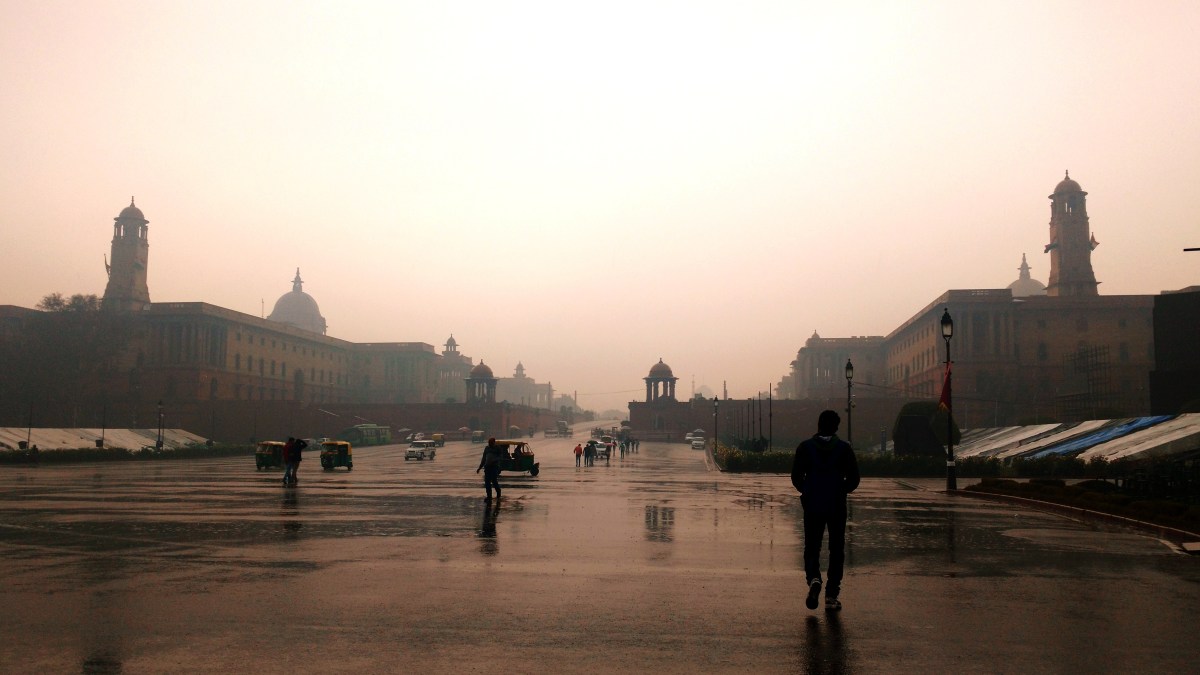Extreme Heat Impacts Mental Health, Increasing Emergency Visits, Crime
This Boston University study comes as many are concerned about the continued higher temperatures, and additional studies are linking the connection between extreme heat and mental health crisis episodes, as well as criminal behavior increasing arrest rates.

Extreme temperatures around the world due to the climate crisis are impacting Americans on a micro level, resulting in higher rates of hospital visits — including emergency department visits for mental health emergencies, according to recent research completed by Boston University (BU) experts.
This study comes as many are concerned about the continued higher temperatures, and additional studies are linking the connection between extreme heat and mental health episodes, as well as criminal behavior.
This latest BU research is reigniting the conversation surrounding climate change and more frequent extreme temperatures impacts our criminal justice system, with arrests increased on hot days, and emotional and cognitive burdens across team members of first responders, the Hoover Institution at Stanford University has also recently reported.
“People are familiar with the risks of extreme heat in terms of dehydration, heatstroke, etc,” said Prof Gregory Wellenius, at the Boston University school of public health in the US and senior author of the research when speaking with The Guardian. “What’s really novel is that this study establishes at an unprecedented scale that days of extreme heat can also impact people’s mental health in a substantial way.”
“And this isn’t just for a niche, vulnerable population,” Wellenius continues. “This is in every age bracket we looked at, for both men and women, and in every region of the country. Everybody is at risk.”
By looking at 22 million emergency department (ED) visits for different causes and for several age groups among 74 million adults, the researchers were able to characterize the varying impact heat has on physical health and mental health on different populations.
Moreover, The Guardian explains how the researchers used a “case-crossover” design, where individuals were followed over a period of time and could then serve as their own experimental controls.
A person’s increased risk of an emergency visit on a hot day was calculated by comparing that day with the same day of the week in the week before and after.
“This cancels out other personal factors that might influence the results, such as age or occupation,” the researchers explained.
Key Findings
The researchers found that on days of extreme heat averaging about 93 degrees Fahrenheit, there was an associated 66 percent increased risk of ED visits for heat-related illnesses. The effects seen were harshest among those suffering from stress, mood and anxiety disorders, schizophrenia, self-harm, and substance use disorders.
Emergency visits to hospitals are the most severe presentations of mental health disorders, said Prof Amruta Nori-Sarma, also at Boston University and first author of the study: “Even small increases in the number of emergency department visits represent a huge burden to the individuals and to the system.”
The study showed the biggest increase in the rate of emergency visits was across the north of the US, rising to 12 percent in the north-west region. That might appear counterintuitive, said Nori-Sarma, as temperatures in the southern US are hotter, but the opposite is observed because behavioral health researchers say those in the northern part of the US are not used to the heat the way those in the south are.
“While extreme heat threatens everyone’s health, this study provides further evidence that it is especially dangerous in regions with cooler climates that may be less adapted to heat,” says study co-author Kate Weinberger, assistant professor at the University of British Columbia’s School of Population and Public Health. “As temperatures continue to rise due to climate change, the implementation of heat adaptation measures in these regions will be critically important.”
Extreme Heat and Crime
In 2021, researchers at Stanford University detailed in a study Heat, Crime and Punishment, the relationship between heat impacting behavior of individuals involved in criminal events, such as the defendants and police officers alike.
The researchers found that with temperatures above 90 degrees Fahrenheit, arrest rates increased by approximately 5 percent relative to days between 60-65 degrees Fahrenheit with a day above 100 degrees Fahrenheit increasing violent crimes by more than 10 percent.
Both aggravated assaults and assaults increase by between 10 and 20 percent at high temperatures. Lastly, the Stanford University researchers found that arrests increase by up to 15 percent on extremely hot days, driven by increases in violent crime rather than by changes in police behavior.
The Stanford University report details in their study that higher income, newer housing, more teamwork, and less accessible weapons may decrease the adverse effects of heat linked to the criminal legal system.
While these results, the Boston University researchers note similar reform efforts.
“Many of these heat-related complications can be prevented through policy changes that reduce exposure to heat, or improve people’s susceptibility and adaptivity to heat,” the researchers say, but they emphasize that effective policies will differ among regions, states, and counties.
Additional study co-authors by additional faculty and staff in the Department of Environmental Health at BUSPH, including Francesca Dominici, Amruta Nori-Sarma, Keith Spangler, and Yuantong Sun.
The full Boston University study can be accessed here.
Andrea Cipriano is Associate Editor of The Crime Report.

 Landwebs
Landwebs 






















